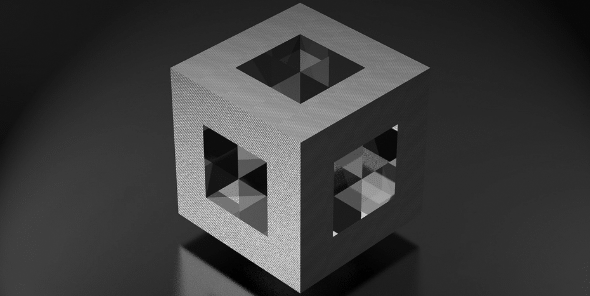Understand the concept of 3D trademark
The businesses require to keep adjusting themselves striking a balance with the changing needs to maintain the business. In the world of digitalization, it is necessary that the brands remain extra careful regarding the protection of their assets, especially the intellectual assets.
It is necessary to recognise the non-conventional trademarks, such as the shape of goods, 3D marks, smell marks, sound marks etc.
Through all these marks, the brand can be identified. Previously, only words, symbols, devices and other 2D marks.
A 3D trademark creates a distinct identity that uses the 3D shape of a product, or the shape of its package or container to ensure a distinct position in the targetted marketplace.
Instances of 3D trademark
There are some popular instances where the distinct features about the brand built their identity, which is listed here:
- Intel: The three-second audio logo of intel was created by Walter Werzowa in 1980, a simple five-note mnemonic, that made a sound identity for intel. Definitely, at that point, the r3egistration of any kind of trademark other than Logo came into practice, but, this incident opened the eyes of the IPR analysts that identity is not limited to the logos only.
- McDonald’s: Macdonalds have always been a leader in trademark creation purposes. The M on any package or store clearly identifies as a product from McDonald’s or a McDonald’s store respectively. It is not limited to that, also the clown on the bench in front of every McDonald’s store, and the sound ‘I’m loving it’ became their identities. Even if you have not noticed the McD stor4e nearby, but the humming sound of ‘I’m loving it’ will assure you that there is an McD store nearby. More than the words in it, the audio tone became their logo. Keeping the tone the same, it can be adapted by other languages for any specific campaign or purpose.
- Netflix: This is a common name for binge-watching, and the lockdown during the recent pandemic almost made it a part of everyday life. The audio logo for four seconds makes your brain identify the OTT platform. Besides the ‘N’ as their 2D digital identification, the musical note made a 3D identity for Netflix.
- MGM Lion: The MGM lion roar is such a sound that takes almost everyone back to their childhood memories of the Tom and Jerry Show, which is marking the identity of MGM since 1957. The concept was first created in 1916, as a piece of the silent clip, and it was made audiovisual in 1928. Seven lions were featured for this clip, but the present one is constant since 1957.
- Coca Cola: Even if the tag and the cap are removed from the bottle, from the shape of it, one can identify it as a coca-cola bottle. The shape of the bottle mar4ks the identity if the brand. Similarly, a number of brands have3 a specific shape of their bottle, which enables the identification of the brand without even seeing the name or the 2D logo, such as – Shalimar coconut oil, Vaseline petroleum jelly, Nescafe coffee etc.
What is the position of the 3D trademark in India?
The non-conventional trademarks are recognised by Indian jurisdiction in 1999, under the Sec. 2(1)(m) of the Trade Marks Act specified “mark” to include the shape of goods, packaging, colour marks, sounds etc.
Therefore, it is clear that Indian statutes has accepted the concept of 3D trademark and referred it as the ‘nontraditional’ trademark.
What is the procedure of 3D Trademark registration in India
The procedure of the 3D Trademark registration are as follows:
- Step 1: Design a 3D trademark, that represents an action or process a concept or idea of something.
- Step 2: Conduct a trademark search across all India database, for verification and ensures the originality of the design.
- Step 3: File an online application for the trademark registration with the regional office of the trademark registry by filling in the required information in the Form TM-A. Deposit the prescribed fee and the necessary documents in soft copy, along with the application form. The application must contain a conspicuous statement that the mark filed for registration is a 3D shape mark.
- Step 4: A description of the shape mark must be added in words, the relevance of the chosen colours, and information about the first time the shape mark has been used in business or advertisement.
- Step 5: Submission of photographic representation of the proposed shape mark for the registration of the trademark in different angles, preferably a specimen of the shape mark.
- Step 6: The trademark examiner on being satisfied with the applied trademark is ready for the registration of the filed shaped mark.
- Step 7: Publication of the 3D trademark, and wait for a period of 30 days, to ensure the originality of the proposed trademark. In case, any opposition arises, on an immediate basis, that requires to be resolved.
- Step 8: If there is no more confusion or resistance, the trademark certificate is issued.
Store Layout Trademarks in India
The trademark registration of the Apple Store registered in the German Trademark Office has observed an important fact that the design of a store may enable consumers to recognise the quality and price range of the goods. However, it doe not justify the necessity for the use of other trademarks. Apple had argued this by stating that most 3D trademarks are applied to the product itself, making them inseparable from it.
This can be seen in cases like Toblerone and Zippo Lighters, neither of which are used without labels. To be more specific, several non-conventional trademarks like colour and motion marks are used together with word marks, which are registered as trademarks. It follows that the layouts (3D trademark) for service-providing outlets have thus been integrated into the service itself. It was argued that the rejection can not be on grounds of requiring labels.
The stores are getting the trademark registration of the store or the hop layout as well.
In cases where architectural structures are used as a form of distinct demarcation of a shop, store, or any business area, the structure which is the attraction of the place can be registered as a trademark. For instance, consider the case of the Taj Mahal Hotel in Mumbai. The architectural structure of this popular hotel makes it distinct from any other, which in itself is a trademark registered structure.
The Trade Marks Act, 1999 is absolutely silent with regard to any references that consider the architectural structure of a place, but Sec. 2(m) allows for the recognition of non-conventional marks.
In India, the Vedic restaurant filed an application for a 3D trademark registration, but they have been asked to change that to an application for a device mark.
However, store layouts may be more appropriate as 3D trademarks, considering they are applied in a 3-dimensional form on business spaces, while device marks usually cover designs in 2D form.
However, the 3D trademark protection is not applicable for all layouts. In the case of Colgate Palmolive vs. Anchor Health, the Delhi High Court held that the trade dress must be the overall impression that a customer gets to understand the source and origin of the goods from the visual impression of colour combination. If the shape of the container has unique packaging, that could possibly be considered for trade dress protection.
Trade dress protection in India is provided over broad thematic features. Since layout marks are applied over designs of stores and consist of arrangements of otherwise commonplace elements, specificity is desirable so as to avoid overbroad protection.
Conclusion
The 3D registration enables the trademark holders to gain a monopoly over a specific product design. The registration of a shape is not an alternative to the design registration or copyright registration, rather it is a distinct identity that increases the appeal of the product and may become an important selling point.
The registration of the pure shaped 3D trademark for the product is being in demand for the brand owners, simultaneously the proceeding is being a bit problematic, due to the strict requirement as to inherent, as well as acquired character mandatorily be sufficient enough to be qualified as a badge of origin to function as a trademark.









Recent Comments